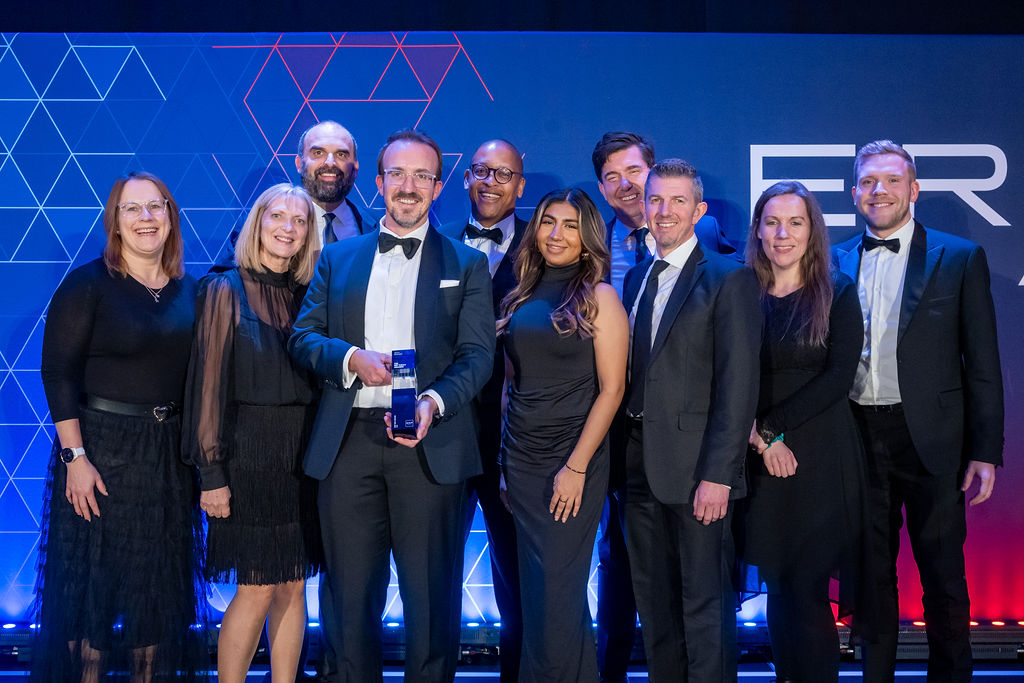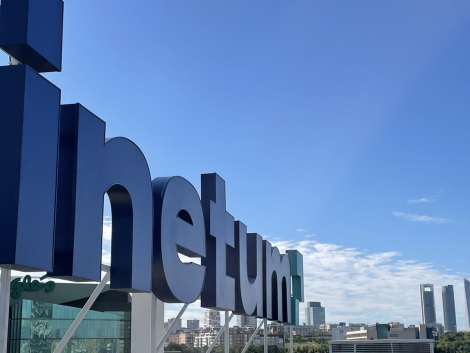According to Subscription Service Statistics and Costs research an average consumer spends $133 a month on subscriptions which amounts to about $1,600 a year.
If you think you don’t belong to this group you might be one of the 42 percent of consumers who are currently paying forgotten subscriptions that they no longer use.
Industries have seen an explosive demand for subscription-based services over the last few years, leading the subscription economy to thrive.
According to The Subscription Economy Index report the subscription economy has grown by a remarkable 435 percent over the last decade. It is expected to grow even more by reaching a market size of $1.5tn by 2025.
It seems like the subscription economy is more than a passing trend and is here to stay.
What is the subscription economy?
Let’s start with a basic definition. The concept of subscription economy refers to the trend of companies shifting their traditional pay-per-product model to a subscription business model. The subscription model is based on a recurring revenue model in which customers pay a weekly, monthly or yearly fee in exchange for access to a product or service over time.
There are many examples of subscriptions. Streaming services such as Spotify and Netflix. Software as a Service (SaaS) such as Adobe. Content as a subscription such as PlaystationPlus. Subscription box models such as a monthly wine box selection. Luxury vehicle subscription which allows you to drive a certain distance based on monthly payments.
The shift toward experiential consumption
Researchers say that eight in ten adults use subscription services and consumers continue to seek more streamlined and convenient ways to access the products and services they need.
In a recent Future of ERP podcast Isabelle Roussin, chief solution expert on quote-to-cash at SAP, said: “More and more industries are moving into it. It is important to understand why this trend is becoming popular. Firstly, we are experiencing a move from an economy of abundance, which was at the top in the middle of the 20th century, to an economy of scarcity.”
Roussin said: “The consumer is conscious that products must be shared and optimized in this new world. And it’s even more true for the younger generation, ready to buy the service delivered by the product.”
As a millennial and a person prioritizing access over ownership, it seems like we and the GenZ demographic are pushing the sharing economy numbers through the roof.
This is why an ever-increasing number of companies are adapting their business models to subscription-based models or integrating servitization, the concept of selling the product or service as an outcome, into their current business models.
Roussin highlighted the three main approaches businesses typically use to monetize subscriptions and build customer loyalty, she said: “We have a German customer selling individual items of a window to builders, who developed an application to simplify the assembly and the modeling of these windows, and they sell it as a service. So that’s, the first type of use case, quite simple. You’re just adding subscriptions on top of your core product.”
The second approach is offering a bundle which can include the product and related services. Roussin said: “For instance, you have a printer, the maintenance and the replenishment of the ink cartridge and after paying a fee for the installation you have a subscription that may include X number of printed pages per month.”
The third approach is offering everything as a service (XaaS) model. She further explained with an example: “You are not selling individual items anymore, but everything is included as a service. A famous example would be Adobe back in 2012. They’ve moved their entire licensing model into software-as-a-service or SaaS model.”
The future of the subscription economy
Servitization offers continuous revenue streams as long as customers renew their subscriptions. IoT, machine-embedded sensors and AI play major roles in helping maintain service levels to ensure customer satisfaction and high renewal rates.
Embedding IoT sensors into the product or service enables businesses to capture real-time information such as usage, throughput and equipment performance to drive the as-a-service business process. This enables both businesses and customers to monitor the performance and leverage machine learning algorithms to identify when and how well the product or service is being used.
Roussin said: “The trend we start to see is an ‘outcome-based’ model, where customers will pay for a guaranteed outcome serving their needs – not for the usage, but for the guaranteed outcome of a usage.”
In other words, a drill manufacturer may decide to no longer sell drills and instead bill the customer based on the number of holes they drill. Alternatively, a washing machine manufacturer may not sell washing machines but bill based on the number of laundry cycles in a given month.
Subscriptions and servitization provide a win-win situation for both consumers and businesses.
Customers only pay for the value received from a vendor with potentially lower costs over time. The manufacturer or service provider creates reliable and predictable revenue streams by building customer loyalty with ongoing customer engagement. Both consumers and businesses stand to gain from the growth of the subscription economy.
For more information on how to monetize products, services, projects and subscriptions to gain market share while meeting financial targets with a unified quote-to-cash solution click here.




